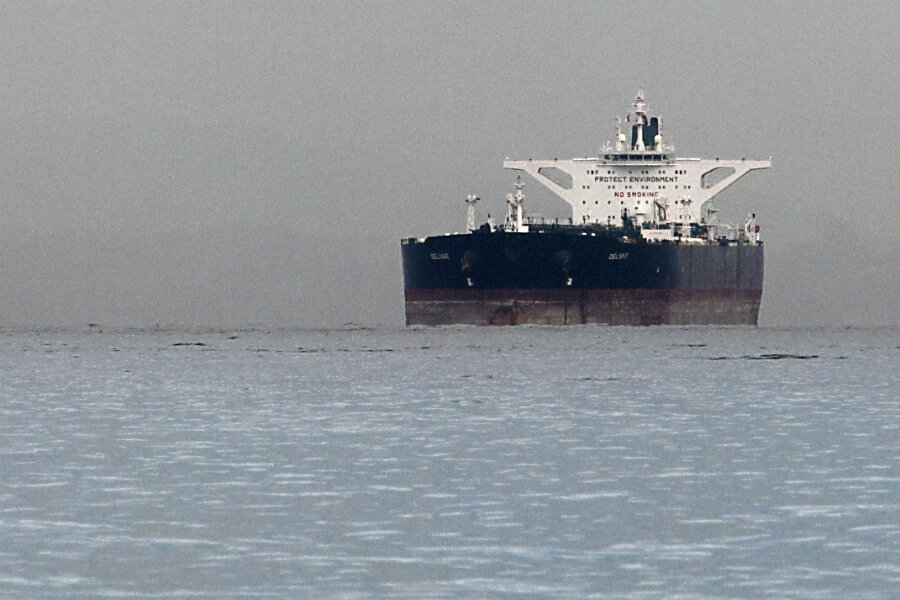Iranian ports come back to life after nuke deal
Loading...
International ship containers made an eagerly awaited return to Iranian ports this week.
On Thursday, the UK-flagged CMA CGM Andromeda container ship arrived in Iran's Shahid Rajaee port. The day before, Taiwanese container line Evergreen, the world’s fifth largest container line, vessel resumed services to the country, Reuters reports.
The world's third largest container shipping group, France's CMA CGM, said on Monday it would restart services to Iran in early August. Maersk Line, one of the world’s biggest container groups, said in a statement that it is ready to resume business in Iran again, “as and when international sanctions are repealed",” according to Reuters.
In 2011, the US and Europe imposed sanctions on the country that led to an exit of foreign shipping lines services on the country’s ports. Since then, Iran had to rely more on land transportation and its commercial fleet to transport much of its imports, according to Press TV.
Though food, medicine and other humanitarian goods were exempted from the sanctions, foreign shipping companies had largely pulled out by 2012 because of the liability associated with the Iran trade. Even in the wake of the nuclear deal, the global shipping industry is moving slowly.
"Members should exercise caution if they are considering trading to Iran and carry out due diligence including seeking legal advice to ensure that they will not be in breach of sanctions," ship insurer Standard Club said in a statement this week.
There are now signs of great potential for trade in the country. Reuters reports that Fitch Group’s BMI Research forecasts that the volume of containers passing through Bandar Abbas, Iran's largest port for shipping containers, will expand by 6.7 percent year-over-year in 2015 to 1.7 million TEU (20-foot equivalent units – a common measure of cargo capacity for container ships).
However, it’s going to be a long while before the US and European Union remove all sanctions against Iran. "Once Iran fulfills its commitments, it will receive sanctions relief," Samantha Evans, deputy head of the sanctions section at Britain's Foreign Office, told an Iran business forum in London.
"The port has a long way to go to reclaim its previous milestone of 2.8 million TEU, which it recorded in 2011, but we believe that recovery is underway," Michelle Berman, head of operational risk at BMI Research said in the firm's forecast.







